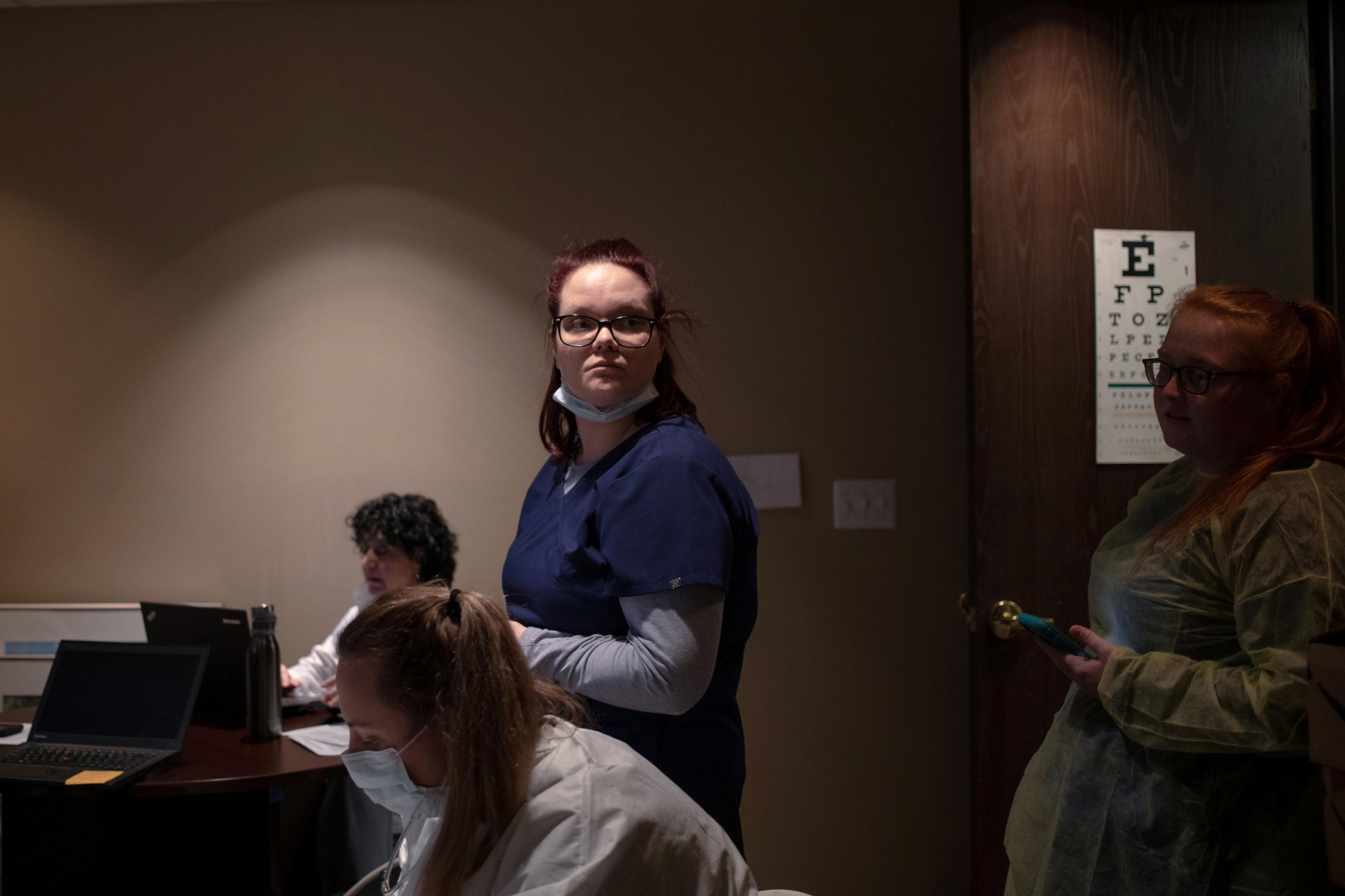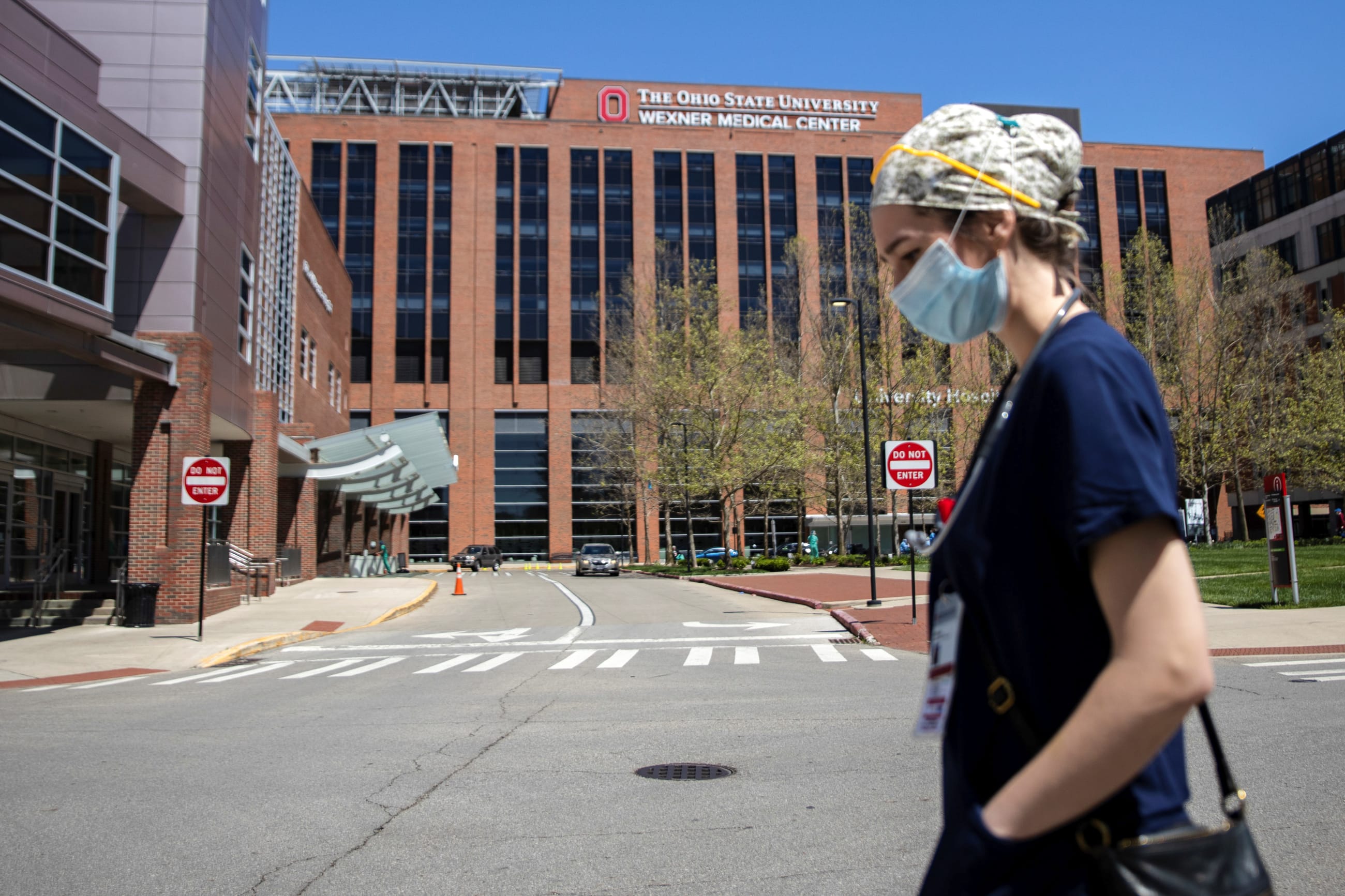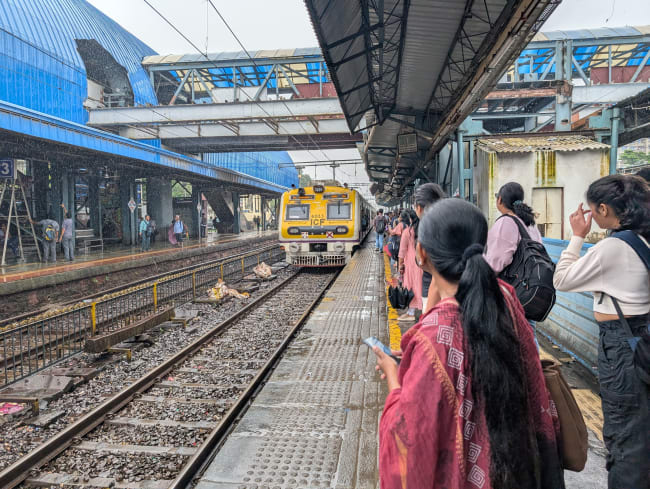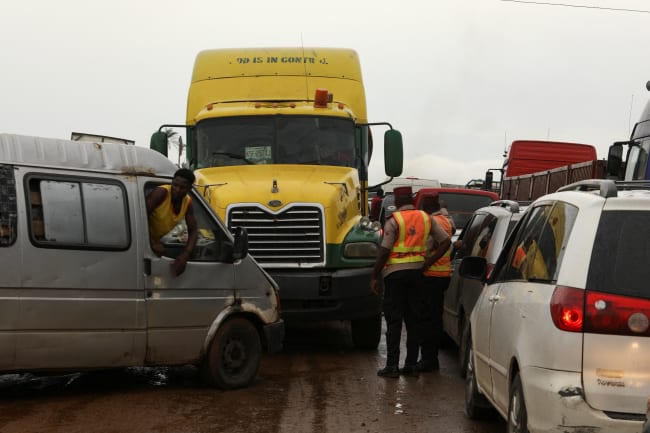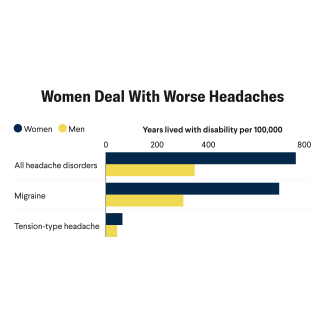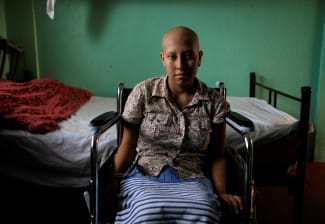Approximately 61 million Americans—one-fifth of the United States—live in rural and geographically isolated parts of the country. Many are older and in poorer health than urban residents, putting rural Americans at a higher risk of cancer, heart disease, diabetes, and oral disease. Already, rural patients live 50 to 100 miles from their nearest health facility or clinic, and with a recent wave of rural hospital closures that gap is widening.
As rural hospitals struggle to stay afloat, partnerships with larger medical centers could be a crucial lifeline. Academic institutions have greater access to funding, a larger health-care workforce, and educational opportunities for the community. In the current health-care landscape, partnering with an academic health system can bolster rural hospitals with the resources to better serve their patients, without giving up their autonomy.
A Wave of Rural Hospital Closures
The past two decades have seen a large drop in health-care services across the rural United States, particularly in the South
As the health-care costs rise in the United States, hospitals in isolated communities face increasing financial challenges. Many of these facilities bear the sole burden of growing economic pressures, such as low reimbursements from private and Medicare Advantage health plans, staffing shortages, and low patient volumes. Across the country, expenses for labor, drugs, supplies, and equipment have also increased dramatically, making care less affordable overall. When one hospital closes, it can have a spillover effect, burdening surrounding facilities with an influx in patients. The shuttering of rural health-care facilities also erodes the community's economy, creating an even larger gap in access to care.
Federally qualified health centers (FQHCs)—government-funded nonprofit health centers that qualify for specific reimbursement—partially address the gap. By screening patients for social risk factors and working alongside community partners, FQHCs help patients access resources to meet their unique needs. Even though FQHCs are important safety net providers, they fall short of meeting the large demand for primary care services that remains after rural hospitals close.
The shortage of doctors living in these communities has also increased the importance of telehealth, particularly for those managing chronic health conditions such as home-based rehab after strokes and diabetes. If Congress does not renew the Affordable Connectivity Program by April, patients living in rural areas could face an additional hurdle: losing affordable internet access. Without this subsidy, internet access will become prohibitively expensive for some patients, leading them to lose connectivity entirely.
Greater Workforce and Retention of Health-Care Employees
In addition to keeping hospitals open, academic partnerships can also boost the number of physicians serving rural areas. According to the American Medical Association, new physicians are more likely to practice in the geographical areas where they completed their training. The Arkansas Rural Health Partnership (ARHP) and the University of Arkansas for Medical Sciences found that allying rural hospitals in the state could successfully increase the number of health-care workers recruited, trained, and retained in the region. Through the partnership, nursing and medical students complete clinical rotations in rural Arkansas, encouraging them to return to these areas and practice.
New physicians are more likely to practice in the geographical areas where they completed their training
Similar models have been tested in Maryland, North Carolina, and Oregon, where these partnerships have been critical to a rural hospital's sustainability and expansion of care services. For example, the Interprofessional Care Access Network (I-CAN) model is an academic-community partnership in rural areas in Oregon where students help address the social care needs of patients in addition to medical treatment. Outcomes of this partnership included decreased health-care utilization, including emergency department visits, emergency medical service calls, and hospitalizations.
The U.S. Department of Veterans Affairs also instituted practice-based learning models, in which nursing, medical, pharmacy, and psychology students and trainees learn how to provide care to high-risk, high-need veterans. When replicated in cities such as Boise, Idaho, researchers found that practice-based learning improved outcomes and decreased hospitalizations for patients living with chronic diseases such as diabetes and hypertension.
Academic centers have the resources to provide educational opportunities for those interested in building a nonmedical career in health care. Rural communities often have high rates of unemployment and limited access to education, contributing to a lack of a strong health workforce in these areas. For example, ARHP researchers found that dozens of job openings sit vacant at health-care facilities in the state's rural southern region. The Connect-to-Tech Arkansas program seeks to fill them by offering scholarships for training in medical coding and billing, health information management, and clinical documentation at local universities and community colleges.
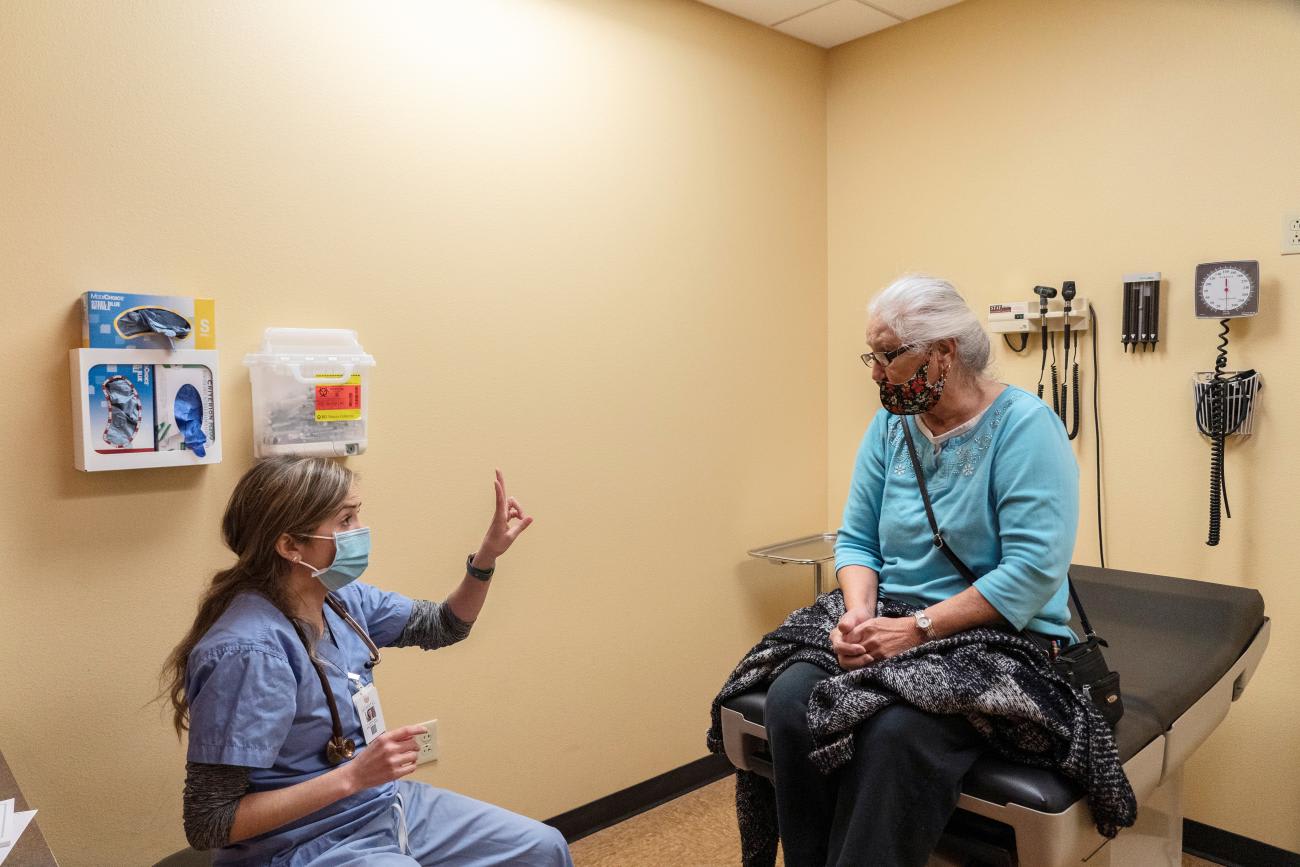
Enhanced Research and Clinical Collaborations
Collaborating with academic institutions also provides ample opportunity for research and exchanging knowledge in rural areas. By conducting research, rural physicians can better understand the needs of a population and design and evaluate innovative models that meet patients where they are. Communicating the results of this research to a wider audience can also enable greater funding and policies that advance health equity across all rural communities.
Siamit, a program in a remote, predominantly Indigenous Iñupiat region in northwest Alaska, was founded by clinician-researchers at Harvard Medical School, Mass General Brigham, and Maniilaq Social Medicine. Pursuing research in remote villages in the Alaskan Arctic led to the development of tailored health-care initiatives for alcohol and substance use. Fellows at Siamit created a system to help providers implement motivational interviewing and administer naltrexone in primary care clinics, in the emergency department, and in village clinics via telemedicine. Currently, academic faculty are spearheading similar care delivery programs in primary care, emergency medicine, psychiatry and addiction medicine, women's health and social medicine.
Collaborating with academic institutions also provides ample opportunity for research and exchanging knowledge in rural areas
A rural-community partnership benefits academic institutions as well. The University of Maryland School of Medicine's Office of Policy and Planning and Eastern Shore Area Health Education Center helped build trust among rural patients for clinical research. Rural community members were trained in research ethics and bioethics, peer-review-research design, clinical trials, health disparities data use, and human subjects' protection. As a result, more patients were willing to participate in clinical trials and donate their biospecimens for research.
Academic-rural partnerships can advance medical knowledge, improve patient outcomes, and help the institutions involved strengthen relationships with communities. The data gathered from these partnerships has driven access to preventative care interventions, such as cancer screenings, health education, and social services. The research has also supported local, state, and federal legislation to increase care delivery, including telemedicine reimbursement, Rural Physician Task Force, and Rural Prostate Cancer Education Demonstration Project.
In today's reality of rising health costs and facility closures, institutions need to work together to deliver high-quality, sustainable care for patients in rural communities.
